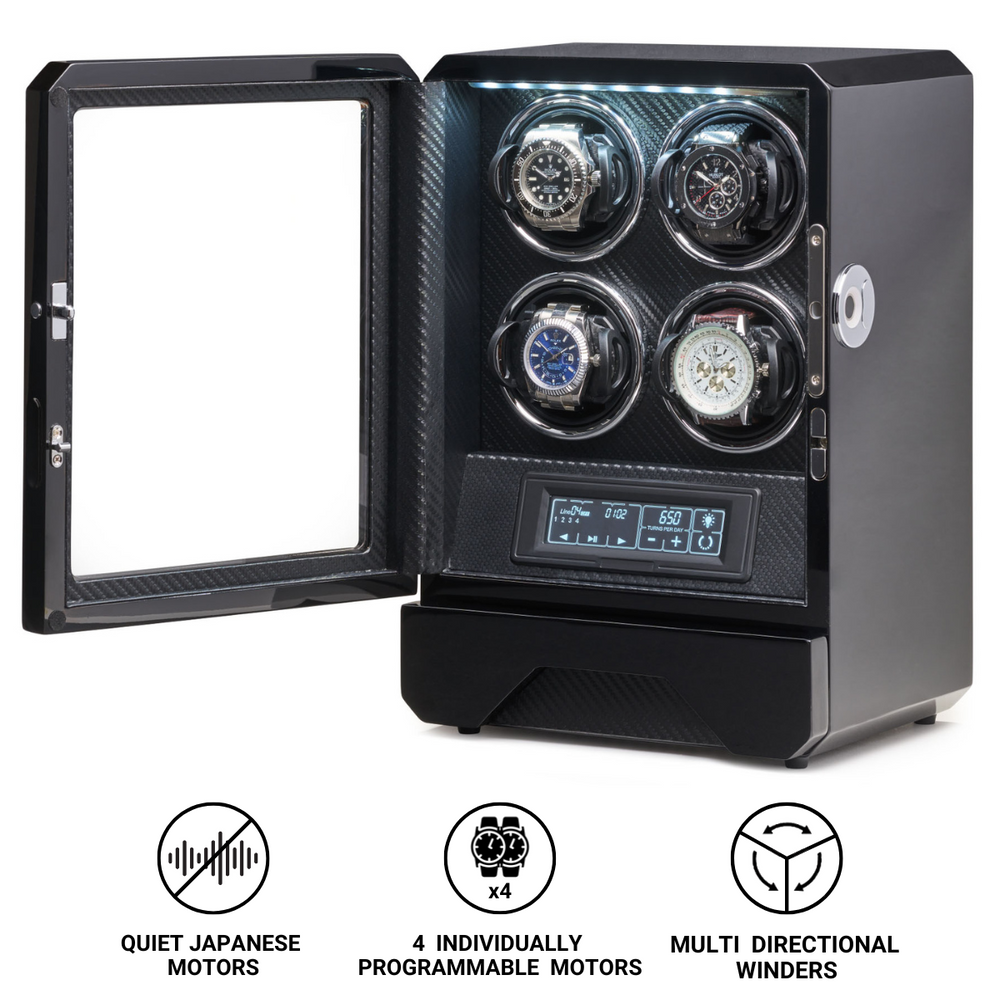Glashütte Original Expands Its Capabilities with a New Dial Manufacturing Facility
In the heart of Saxony, Glashütte Original has opened a new chapter in its storied history with the inauguration of a dedicated dial manufacturing facility. Located just a short distance from the brand’s headquarters, this modern site represents a significant step in consolidating production and craftsmanship within the town of Glashütte itself.
With this addition, more than 95 percent of the components used in the manufacture of Glashütte Original timepieces are now produced locally. This strategic move enhances both logistical efficiency and quality control, underscoring the brand’s long-standing commitment to in-house production.
An Inside Look at the Manufacturing Process
While Glashütte Original has always maintained an impressive level of vertical integration, the new facility allows for even greater mastery over some of the most complex and time-intensive elements of watch production. The new site includes equipment and dedicated areas for prototyping, laser engraving, galvanisation, and the manufacture of moonphase and date disks. It also facilitates intricate decoration processes, including fine perlage and hand finishing of components such as bridges, balance cocks, and tourbillon cages.
The dial featured in the new PanoLunarTourbillon, for instance, requires between three and four months to complete. Processes include silver plating, hand-applied finishes, and detailed texturing that reflect the high standards of traditional German watchmaking.
A Tribute to Heritage and Innovation
To mark the occasion, Glashütte Original released a limited edition of the PanoLunarTourbillon featuring a "Galvanic Rose" dial. The 40 mm platinum watch is limited to 50 pieces and incorporates a flying tourbillon, moonphase complication, and the brand’s signature Panorama Date. The dial’s reddish hue is a reference to the iron-rich geology of the surrounding Ore Mountains.
Although the brand has long produced its own dials at its previous facility in Pforzheim, this new site strengthens the integration of manufacturing processes into a single geographical location. The consolidation supports a smoother creative workflow and fosters stronger collaboration between the various disciplines within the manufacture.
Historical Significance and Regional Impact
The significance of the new facility extends beyond technical considerations. It represents a continuation of Glashütte's watchmaking tradition, which dates back to 1845. Figures such as Ferdinand Adolph Lange and Moritz Grossmann established the foundations of the local industry following the decline of regional mining.
Despite being devastated by a Soviet bombing raid in the final days of the Second World War, the town’s watchmaking infrastructure was rebuilt under the East German state. From 1951 to 1990, the Glashütter Uhrenbetriebe (GUB) operated as a single entity producing reliable timepieces for the Eastern Bloc.
Following German reunification, GUB was privatised and eventually became Glashütte Original. While the company now forms part of the Swatch Group, many legacy machines from the GDR era remain in use. Some employees, such as Mr Fischer, have worked at the firm for over four decades, preserving continuity and transmitting knowledge across generations.
Commitment to Craftsmanship and Education
Glashütte Original’s investment in its new dial facility reflects a broader ethos of craftsmanship and heritage preservation. The company's close proximity to the German Watchmaking Museum, which it operates, further cements its role as a custodian of horological culture.
The facility serves not only the production needs of the brand but also as a symbol of German manufacturing resilience. With enhanced capacity, in-house expertise, and a deep connection to history, Glashütte Original reaffirms its position as one of the most respected names in the global watchmaking industry.














